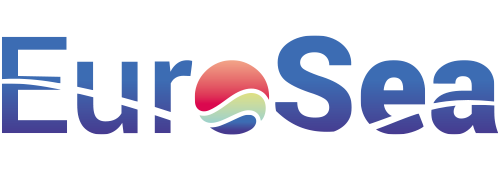
Description
Observing systems and their designs play a crucial role in understanding our environment, particularly the oceanic domain. Current systems, while advanced, have certain gaps that may not capture all indicators relevant to society, such as those linked to climate change, marine biodiversity, or ocean health. The new recommendations focus on identifying these gaps and optimizing the design of observing systems to monitor these societal relevant indicators more comprehensively.
Impact During the Project
Holistic Understanding: By targeting gaps and focusing on societal relevant indicators, the observations will yield a more comprehensive understanding of the marine environment.
Optimized Observing Design: With recommendations that prioritize Essential Ocean Variables (EOVs) and co-designed indicators, the efficiency and relevance of data collection will improve, ensuring that the most pertinent data is gathered.
Impact Post Project
Enhanced Decision Making: With more complete and relevant data, policymakers and stakeholders can make better-informed decisions related to marine and coastal management, conservation, and resource utilization.
Empowerment of Society: As the observations are more aligned with societal relevant indicators, there is an increased potential for societal engagement, understanding, and action related to oceanic and climatic issues.
Foundations for Future Research: The data and insights gathered can be pivotal in guiding future research directions, ensuring that research remains relevant to societal needs and concerns.
Advancement over and above State of the Art
Precision Targeting of Gaps: Unlike broader observational strategies, these recommendations sharply focus on the existing gaps in observational systems, ensuring that no critical data is missed.
Alignment with Societal Needs: Moving beyond traditional scientific indicators, the focus on societal relevant indicators ensures that the data is directly aligned with human concerns and requirements.
Reinvention of Observing Design: By integrating the concept of EOVs and co-designed indicators, the observational design is reinvented to be more inclusive and comprehensive.
Boosting European Leadership: By increasing the fitness-for-purpose of sustained observing in Europe, there is a potential to set new global standards and position Europe as a leader in marine observational research.
In conclusion, the recommendations represent a paradigm shift in marine observational systems, aligning them more closely with societal needs and concerns. This not only ensures the relevance of the data but also has the potential to empower society to take more informed actions related to the marine environment. Furthermore, by addressing gaps and rethinking observational design, Europe has the chance to lead the way in this critical domain.
Links and References
Link to D1.6 – Maps 7 Metrics on Observing Systems & Data: https://eurosea.eu/download/eurosea_d1-6_maps_and_metrics_on_observing_systems_and_metadata-2/?wpdmdl=5508&refresh=650197c458f471694603204
Link to D3.2 – Observing Networks Assessment: https://eurosea.eu/download/eurosea_d3-2_initial_assessment_v9_revised_resubmitted/?wpdmdl=5522&refresh=650197c56d6c31694603205
